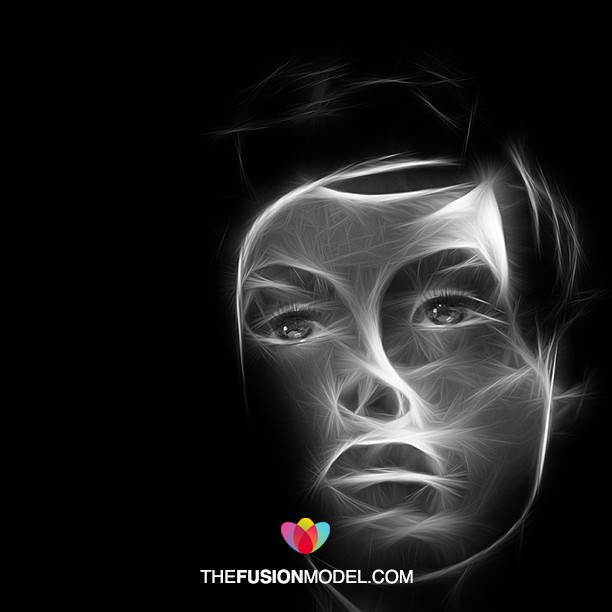You would have to have been living on another planet not to notice the current trend for adult colouring books.
They’re everywhere. Adult colouring books have rated consistently high in the Amazon bestsellers’ list for quite some time now. People are voting with their feet…and their wallets.
Is it a trend? Is it a craze? Is it a cult? Just why have fully formed grown-ups decided to get out the colouring pencils and engage an activity normally associated with children?
Jung
One of the first recorded psychologists to use colouring as meditation was Carl Jung. He did it through creating and colouring mandalas; the circular designs with concentric shapes, similar to the patterns we see in the rose windows of a church, but which actually have their origins in India.
He wrote:
‘I sketched every morning in a notebook a small circular drawing, a mandala, which seemed to correspond to my inner situation at the time. With the help of these drawings I could observe my psychic transformations from day to day. . .. Only gradually did I discover what the mandala really is: ‘Formation, Transformation, Eternal Mind’s eternal recreation.’
Anxiety
When MIND UK are suggesting that one in four of us have a mental health problem at any one time, there’s no doubt that anxiety, in particular, is becoming an increasing feature of today’s fast moving, high-pressure, life style.
Many people talk about experiencing ‘noisy brain’ syndrome, with racing or chattering thoughts that can both distract and distress. Everyone, it seems, is now searching for a short cut to the land of calm.
Psychologist Gloria Martinez Ayala says that, when we colour, we have to engage both hemispheres of the human brain; the logical left hemisphere which deals with fine motor skills and focused attention and the right hemisphere which connects to the world through colour, shape, imagery, art and emotion.
This kind of bilateral stimulation is known to calm the brain’s central nervous system; in particular the area known as the amygdale, allowing the alpha waves generated by the act of colouring, to soothe and settle both mind and body.
Emotional regulation
Self-soothing is a skill many of us have difficulties with.
But we can all learn to improve our ability to regulate our own emotions internally, rather than reach for the pills or booze (or any of the range of addictive or damaging behaviours we can all be drawn to). Like practising mindfulness, when we focus our attention on colouring, we detach from both external and internal stimuli, which lets the mind settle.
Reconnecting with our inner child
Like in those lazy, distant days of our childhood, when there was nothing to do but lie in the grass, watch the clouds drift by and collect daisies to loop into an ever-extending chain of flowers, colouring helps us to step off the adult treadmill.
It replaces the ever extending ‘to-do’ list with a brief interlude, where we give ourselves permission to stop and just ‘be’, for a while.
No goals, no plans, no worries and no responsibilities; we become engaged in a rewarding state of flow where the world simply falls away and all we have to do is, as teacher told us, ‘stay inside the lines’.
So whether you invest in an adult colouring book, do your own doodles or, like Jung, create and colour a unique mandala, there’s no doubt colouring is here to stay. It’s therapeutic and it’s something we can all do right away. Just colour that stress away.




